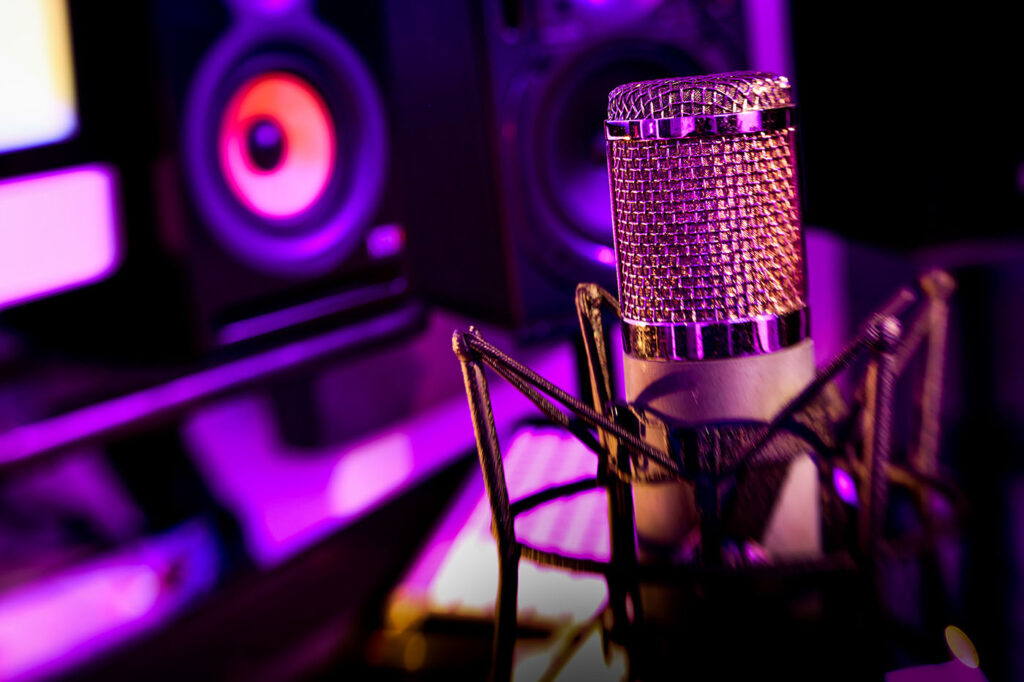Tube microphones are glorified by many producers, especially for vocal recordings. Of course, the exorbitant prices of these microphones also contribute to their reputation - after all, popular models such as the Sony C-800 cost over €10,000. But are these mics really worth the money? And why are they so expensive in the first place?
What are tube microphones?
Tube microphones are a special type of condenser microphone that use a vacuum tube for amplification. As a result, their sound is very different from that of transistor microphones.
The difference in sound is comparable to the difference between a tube amplifier and a transistor amplifier for electric guitars: the sound of tube microphones is warmer and has many overtones that a transistor microphone does not have. It is this characteristic coloration that makes tube microphones so popular. They add a warmth and depth to the audio signal that is almost impossible to achieve with transistor microphones. The latter tend to be more transparent and reproduce the audio signal without distortion.
At low gain, tube microphones produce a smooth, almost imperceptible overdrive, while at higher gain they can produce striking and intense distortion. This flexibility makes tube microphones a powerful tool.
Tube microphones, however, are not suitable for every situation - because they color the signal, that color has to match the song. They are not universal microphones like the Neumann U87, for example, which can be used in almost any situation. But there are situations, especially with vocal recordings, where a tube microphone makes the voice sound better than the Neumann U87.
You can imagine it like this: While a Neumann U87 scores 9/10 with 3 different singers, a tube microphone like the Neumann U67 scores 10/10 with one singer but 5/10 with the others.
So you can't always use a tube microphone, but when the situation calls for it, the sound is incredibly good and much nicer than that of transistor microphones.
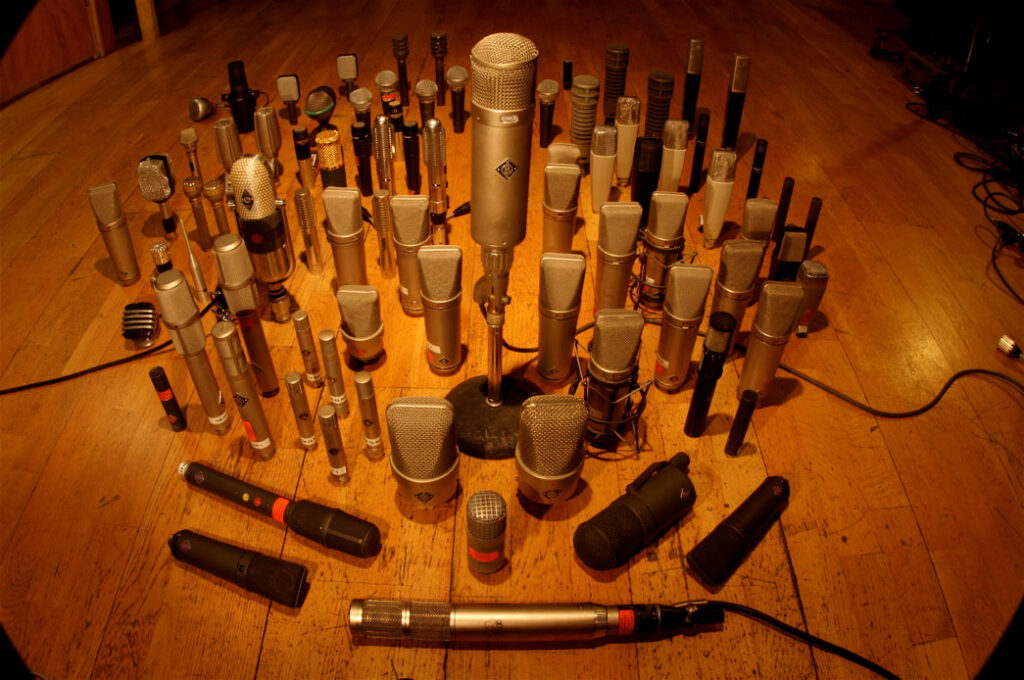
What are the sonic differences between tube and transistor microphones?
Because they are both condenser microphones, both types of microphones sound very detailed and have a wide frequency range. However, there are a few differences:
Sound character
Tube microphones tend to produce a "warmer" and "richer" sound. This is due in part to the harmonic distortion that tubes naturally produce. This distortion can add a certain depth and complexity to the sound that is often perceived as musical and pleasing.
Transistor microphones, especially those with FET (field effect transistor) designs, generally provide a clearer and more precise sound. They tend to be less colorful in sound, making them suitable for applications where accuracy and neutrality of sound are preferred.
Dynamics and saturation
Tube microphones often exhibit a slight saturation at higher SPLs, which can result in a pleasant and musical compression effect (similar to a guitar amp cranked up). This characteristic makes them ideal for loud sources or recordings where a naturally compressed sound is desired.
Transistor microphones, on the other hand, offer more linear and consistent performance over a wide dynamic range. They do not compress at high volumes and therefore capture sound more naturally.
Frequency response
Tube microphones can have a slightly boosted midrange, which can result in a "warmer" sound. They are often known for their ability to "pick up" voices and acoustic instruments. In addition, many models tend to attenuate the high frequencies somewhat - not as much as ribbon microphones - which contributes to a "warm" sound.
Transistor microphones generally have a smoother and wider frequency response, making them more versatile.
Noise
Tube microphones tend to have a higher self-noise level than transistor microphones, which can be a major drawback when recording at very low volumes. This is a particular problem with voice-over recordings, as the volume of the "spoken" voice is not very high. When singing, however, the volume is much higher and the self-noise is not noticeable.
Transistor microphones generally have a lower self-noise level, which is why they are always the first choice for voice and broadcast applications.
Legendary tube microphones
Tube microphones preceded transistor microphones and were the first choice for vocal recordings in Europe, while ribbon microphones were preferred in the USA when transistor microphones were not yet available. As a result, many well-known models (which have been around for over 50 years) originated in European countries. However, the manufacturers of legendary ribbon microphones such as RCA come from the USA.
But these tube mics have achieved such cult status that many are simply out of reach for the average consumer. The Telefunken U-47, for example, costs €11,500 - an investment that can only be worthwhile for producers who make their living with them.
In the following, I will present the most famous models of all time in chronological order, as they were introduced in the course of the 20th century.
Neumann U47
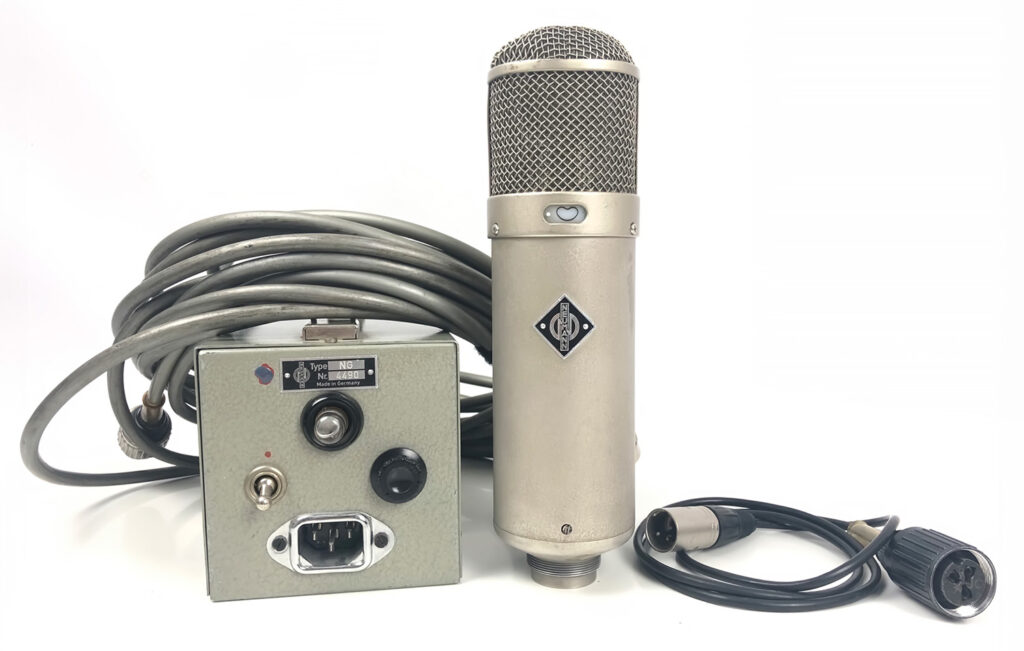
This Neumann tube microphone was the first "high-end" condenser microphone for vocals. It was used in studios and broadcasting organizations throughout Europe. It was considered THE solution when it came to recording vocals with the highest accuracy and in the best possible quality. Originally manufactured by Neumann but distributed by Telefunken, it was considered the most technically advanced microphone ever made. Neumann later sold the microphone itself.
But it is still very popular and sought after today. I would say it is the most sought-after microphone of all, because the original costs around 26,000 Euros used today, as it is no longer produced in this form.
Its sound is still very popular today and is considered one of the best for vocal recordings. It has incredible recording precision and records down to the smallest detail. It also has its own character and coloration - a high-frequency presence boost that works very well for most voices.
It is said that Frank Sinatra never wanted to use another microphone in the studio after 1950, and other great artists such as the Beatles, Ray Charles and Ella Fitzgerald recorded with it time and time again. Today, it is still used regularly by the world's greatest artists.
The Telefunken version is still in production and costs €11,500 new, and Neumann itself produces the U47 FET, which has transistors instead of tubes. None of these devices sound exactly like the original, but neither do they sound worse.
AKG C12
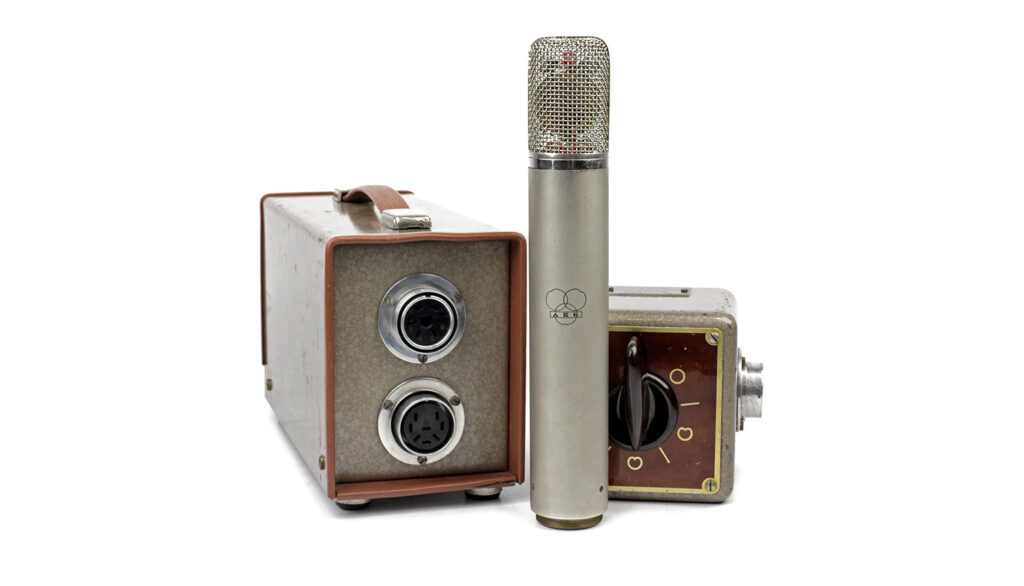
This tube microphone is also legendary, mainly because it was produced in a limited edition of 2,500 units between 1953 and 1963. As a result, availability is limited and the price is high.
The AKG C12 was AKG's competitor to the most popular product at the time, the Neumann U47. This was considered the only high-end vocal microphone until the AKG C12 was introduced. However, the AKG C12 quickly gained popularity, mainly because it sounded different.
The Neumann U47 had a presence boost that was often very good for vocals because it could cut through the mix, but this presence boost was not suitable for every situation. The AKG C12, on the other hand, had a very flat frequency response and very smooth highs, which is why it quickly became very popular.
Due to high demand and limited availability over the past few years, AKG has introduced a new edition, the AKG C12VR. This is an identical replica of the original with the same circuitry and vacuum tube as well as an updated capsule. Only the noise floor and headroom have been optimized to reflect the current state of the art.
At that time, AKG produced this microphone without a brand name for Telefunken, who also sold it under their own name Telefunken C12. It is still in production today, according to the original specifications.
Unlike other tube microphones, this microphone is capable of sounding good with any source because of its very flat frequency response. Similar to the Neumann U87.
Telefunken ELA M 251
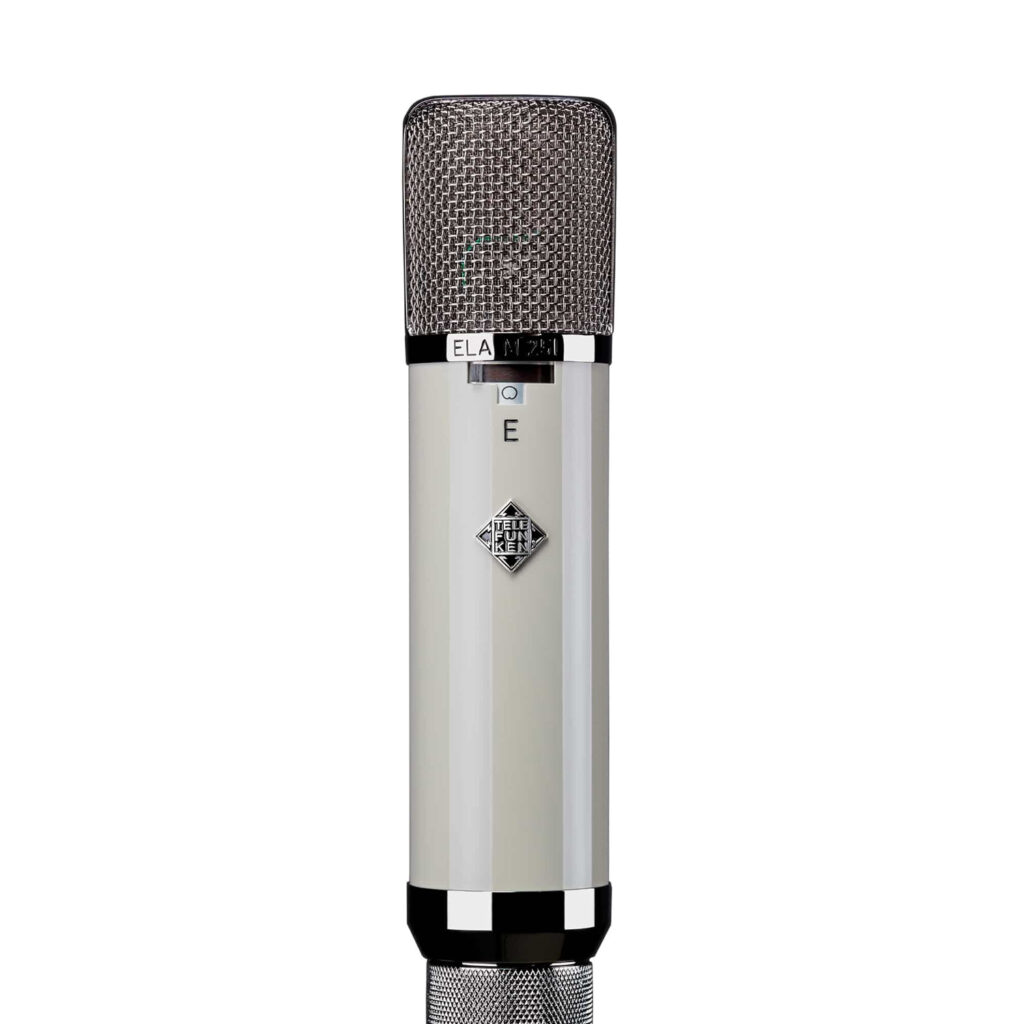
This Telefunken tube microphone is also a legend and one of the most popular professional vocal microphones. It was also designed and manufactured by AKG for Telefunken after Neumann stopped making capsules for Telefunken.
It has less coloration than the Neumann U47 and is therefore more universal - you can get an incredibly good sound from almost any singer. I had the opportunity to work with this microphone during my training as a sound engineer, and it brought a smile to my face every time I recorded vocals with it.
This microphone has been used by a list of legendary artists for vocal recordings - Nirvana, The Beatles or Guns N' Roses. But surely every singer at this level has recorded with the Telefunken ELA M 251 at some point in their life.
Costing just under €14,000 new, this microphone is still in production today.
Neumann M49
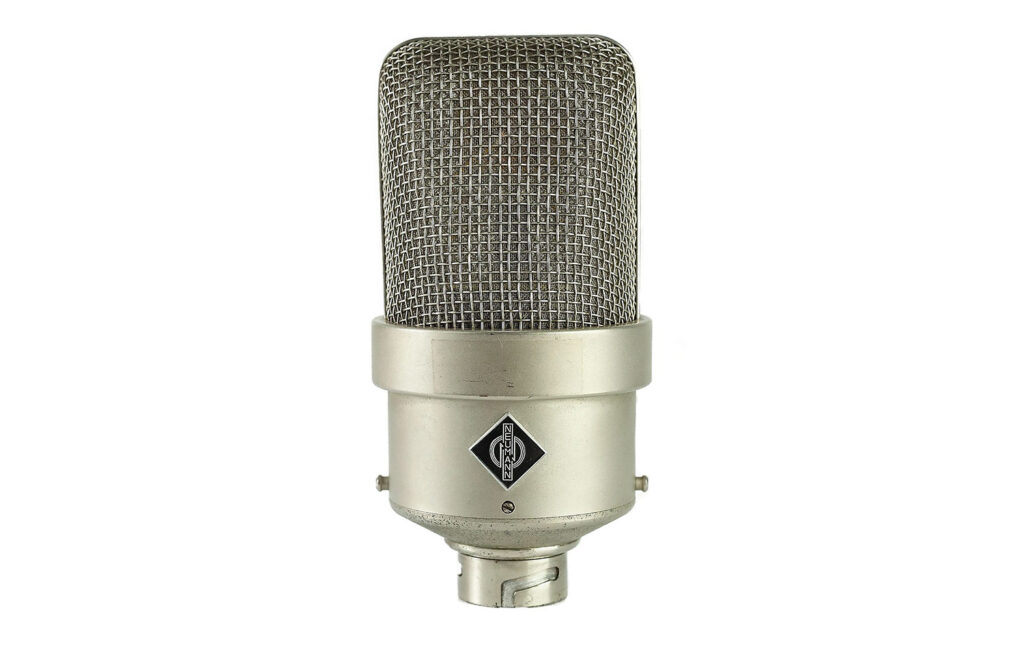
This Neumann microphone was the successor to the U47 and was the first microphone ever to feature a switch on the power supply that could be used to adjust the polar pattern. Another new feature was that sensitivity and output level were the same for all polar patterns (unlike the Neumann U47, which was 5 dB louder in cardioid than in omnidirectional).
This was very handy, of course, because it allowed the engineer to change the polar pattern from the control room. Since all the polar patterns had the same output level, the engineer could easily compare them.
The original 1949 version used the same capsule as the U47, so the sound was relatively similar. Later, the M50 version was released with a newer capsule. Both microphones used the MSC2 vacuum tube. Neumann replaced this tube after 1954 for the M50 and after 1960 for the M49 with the Telefunken AC701k triode, which produced less noise.
The microphone is no longer produced in this form, with vintage versions selling for around €16,000. However, Neumann itself has been producing a new edition since 2022, the Neumann M49V. It uses the same circuitry as the vintage versions, but has lower self-noise. However, it sounds just like the original and costs around €8,000 new.
Neumann U67
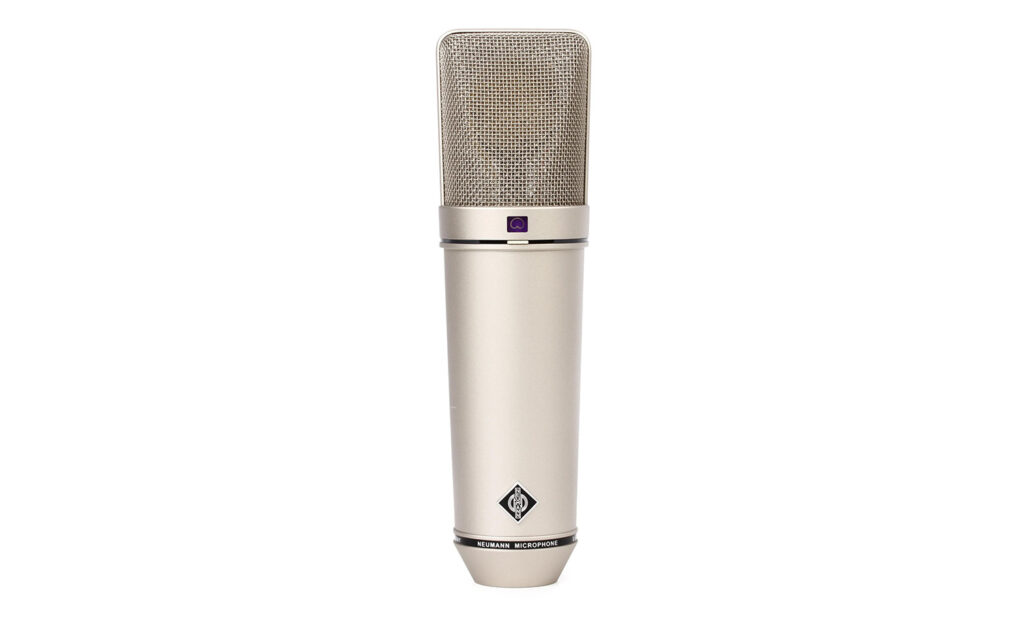
The Neumann U67 was also introduced in 1960 as a successor to the U47. The U47 used the Telefunken VF14 vacuum tube. In 1958, however, it was announced that the VF14 would no longer be produced, and Neumann bought up all remaining stock. Since this tube was critical to the sound of the U47, Neumann decided to develop a completely new large diaphragm condenser microphone, the U67.
It had a lot of new features: A high-pass filter and a -10dB pad, because the trend was to record very close to the microphone. The proximity effect was there and had to be countered. It also had the additional figure-of-eight polar pattern that the U47 did not have.
This tube microphone used a completely new capsule, the K67, which has been the most popular and most copied microphone capsule in the world since 1960. This capsule is also used in the popular Neumann U87.
At a time when some microphones, such as the AKG C12, offered impressive bass response and others, such as Neumann's KM series, had an extended high-frequency response, the Neumann U67 stood out for its unique sonic characteristics. It offered a rich, highly detailed, smooth sound that was slightly darker, but was considered unrivaled in the industry. It was also capable of handling very high SPLs without distortion.
The Neumann U67 is still in production to the original specification and retails for €7,499 new.
Sony C-800G
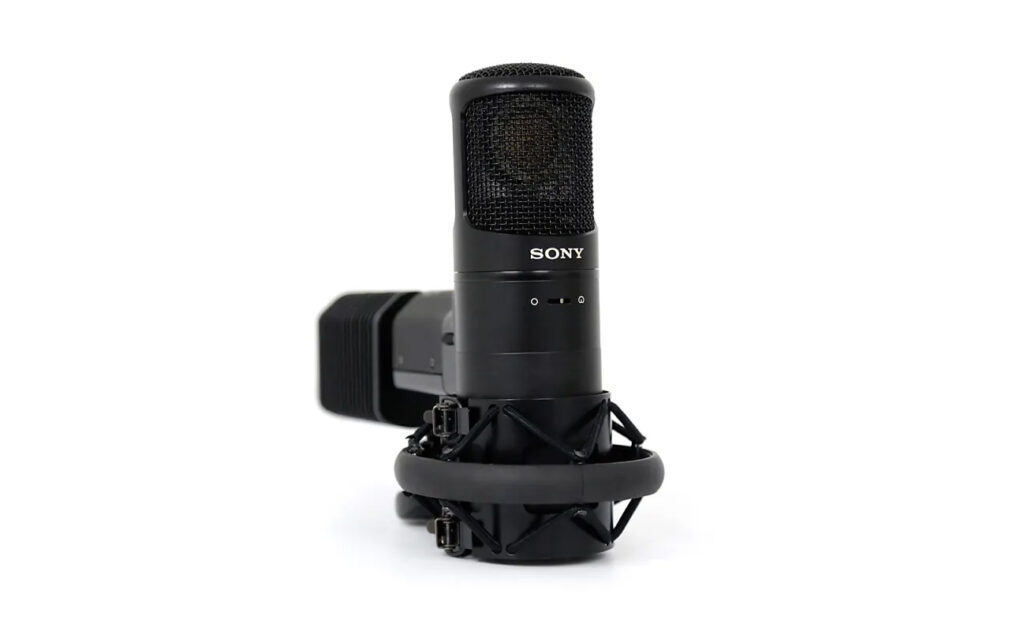
This microphone isn't as well known as the others, but that's simply because it has a much shorter history. It was introduced in 1992 and quickly gained popularity, especially in the hip-hop scene that boomed in the 90s.
It's fair to say that the Sony C-800G is the most popular modern rap microphone in high-end studios. In my article about the most popular vocal chains, you can see that many producers of well-known artists use this microphone for vocal recordings.
Dr. Dre says this is his favorite microphone for rap recordings because it works very well with 90% of his artists. Many hits such as 50 Cent's "In Da Club" have been recorded with this microphone.
This microphone has a strong boost around 10 kHz, which can emphasize the S-sounds too much for some singers, so it is usually used with a de-esser. But it is precisely this frequency boost that makes most voices sound brilliant and very assertive in the mix. This is why it is so popular for rap recordings.
Unfortunately, this microphone is no longer in production - but it is available second hand, starting at €12,000.
Affordable modern tube microphones
As you have seen, all of the microphones presented so far are extremely expensive and therefore out of the question for most people. Such an investment is only worthwhile for professionals.
There are also semi-professional tube mics that sound great, but don't cost as much as a small car. Most of these mics try to mimic the sound of the legendary mics on this list, hence their similar names.
- Avantone CV-12 (499€)
- Warm Audio WA-251 (879€)
- Warm Audio WA-47 (959€)
- Warm Audio WA-8000 (1.119€)
- Warm Audio WA-CX12 (1.139€)
Another tube microphone that doesn't mimic anyone, but has a sound all its own, is the Rode K2. It is relatively inexpensive and offers all the sonic characteristics of a tube microphone, but with the added benefit of continuously variable polar patterns.
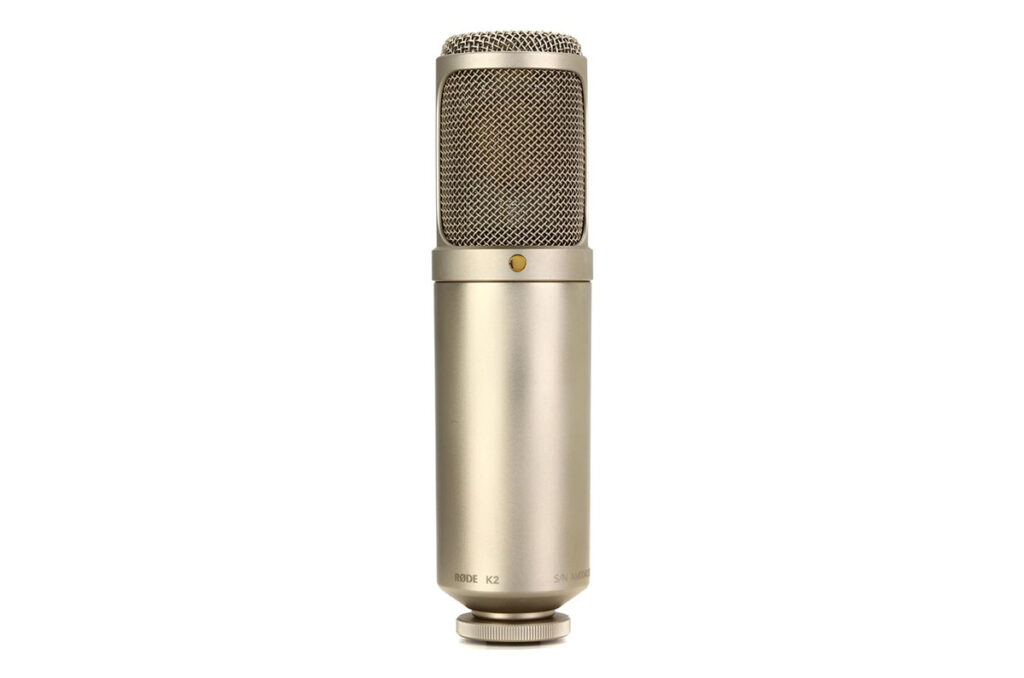
FAQ on the subject of tube microphones
If you are a producer and work with big artists, it may be worth buying one of these. You'll get a better reputation because these vintage mics are so popular in the professional world. Some artists only go to studios that have this or that vintage model.
But you have to realize that a 40-year-old microphone can have a lot of problems. It has so many parts that eventually break, you have to service it often, buy spare parts, and so on. And that's not cheap, especially with expensive models.
That's why I would always recommend buying a new mic - I would recommend the Neumann U67 or a Telefunken model if you're willing to spend that kind of money. Because they are still being manufactured, so all the parts are at the beginning of their life cycle when you buy them. And you still get a warranty.
Yes, all tube microphones require an external power supply. This is because the tubes need power to amplify the signal. Typically, tube microphones are connected to the power supply with a 5-pin cable, and the power supply is connected to the preamplifier with a standard XLR cable.
In the audio world, the five most legendary tube microphones are known as "The Big Five": Neumann U47, Telefunken ELA M 251, AKG C12, Neumann M49/M50, and Neumann U67. They are considered by many sound engineers and producers to be the best vocal microphones of all time.





